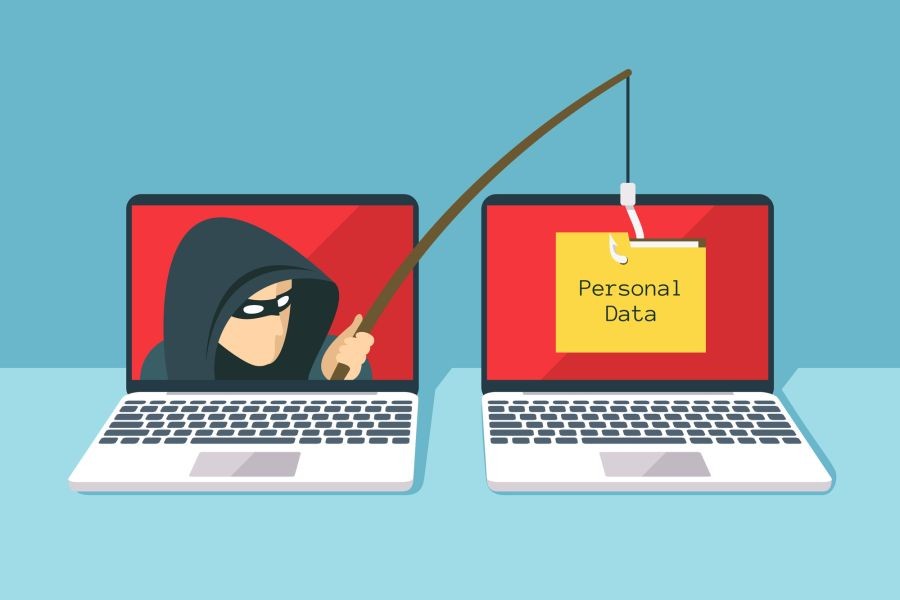In recent years, the landscape of crime has increasingly shifted from physical to digital arenas, leaving many Australians questioning which poses a greater threat: cybercrime or physical crime. As the global digital transformation accelerates, so does the complexity and prevalence of cyber threats, particularly in a nation as technologically advanced as Australia. This article delves into the intricacies of both cybercrime and physical crime, evaluating their impacts on Australia's economy and citizens, and addressing which presents a more formidable challenge.
Understanding the Scope of Cybercrime in Australia
Cybercrime encompasses a wide range of illicit activities conducted through digital platforms, including data breaches, identity theft, and online scams. According to the Australian Cyber Security Centre (ACSC), cybercrime reports increased by over 13% in the 2022-2023 financial year, costing Australians an estimated $3.1 billion. This uptick highlights the growing sophistication and reach of cybercriminals targeting both individuals and businesses.
Furthermore, the Australian Bureau of Statistics (ABS) reported that approximately one in three Australian adults were victims of cybercrime in 2022, underscoring the pervasive nature of digital threats. Businesses are not immune either; a report from the Australian Competition & Consumer Commission (ACCC) revealed that small businesses lost over $300 million to online scams in 2023 alone.
Physical Crime: Still a Significant Concern?
While cybercrime continues to rise, physical crime remains a persistent issue. Traditional crimes such as burglary, assault, and robbery continue to affect communities across Australia. The ABS reported a 2% increase in property crime in 2023, illustrating that while digital threats are on the rise, physical crime persists as a tangible concern.
However, technological advancements have also contributed to a decrease in certain types of physical crime. For instance, the widespread adoption of surveillance technologies and community-based crime prevention programs have resulted in a gradual decline in violent crimes over the past decade.
Case Study: The Impact of Cybercrime on Australian Businesses
Case Study: ABC Corp – Navigating a Cyber Breach
Problem: ABC Corp, a mid-sized Australian tech company, faced a significant challenge when it fell victim to a sophisticated cyberattack. The breach resulted in the theft of sensitive customer data, leading to reputational damage and financial losses.
Action: In response, ABC Corp implemented a comprehensive cybersecurity strategy, including advanced threat detection systems and employee training programs. They also collaborated with cybersecurity experts to strengthen their digital defenses.
Result: Within six months, ABC Corp successfully mitigated the impact of the breach, restoring customer trust and enhancing data security. They reported a 40% reduction in attempted cyberattacks and regained their competitive edge in the market.
Takeaway: This case study highlights the critical importance of proactive cybersecurity measures for Australian businesses. Investing in robust digital defenses can significantly reduce the risk of cyber threats and protect valuable assets.
Comparative Analysis: Cybercrime vs. Physical Crime
When comparing cybercrime and physical crime, several factors come into play, including economic impact, reach, and complexity. Cybercrime often involves higher financial losses due to the global nature of digital transactions and the ability to target multiple victims simultaneously. In contrast, physical crime tends to be more localized and typically involves direct, physical interactions.
Moreover, the anonymity afforded by digital platforms makes cybercrime more challenging to detect and prosecute. The ACSC estimates that only 10% of cybercrimes are reported, and even fewer result in prosecution. In contrast, physical crimes often leave tangible evidence, making them easier to investigate and solve.
Debunking Common Myths About Cybercrime and Physical Crime
- Myth: Cybercrime only targets large corporations.
- Reality: Small businesses and individuals are increasingly targeted due to perceived vulnerabilities. The ACCC reports that small businesses are prime targets for phishing attacks and ransomware.
- Myth: Physical crime is more dangerous than cybercrime.
- Reality: While physical crime poses direct threats to safety, cybercrime can lead to significant financial and emotional distress, with long-lasting repercussions.
- Myth: Cybersecurity measures are too expensive for small businesses.
- Reality: Affordable cybersecurity solutions are available, and investing in them can prevent costly breaches.
Regulatory Insights: Australia's Approach to Cybercrime
Australia has implemented robust regulatory measures to combat cybercrime. The Australian Securities and Investments Commission (ASIC) and the Australian Prudential Regulation Authority (APRA) have introduced stringent data protection laws, requiring businesses to adhere to strict cybersecurity standards.
Additionally, the Treasury's Cyber Security Strategy 2023-2025 outlines a comprehensive framework to enhance national resilience against cyber threats. This includes increased funding for cybersecurity initiatives and collaborative efforts with international partners to address cross-border cybercrime.
Future Trends: The Evolving Threat Landscape
Looking ahead, the threat landscape is expected to evolve with advancements in technology. Artificial intelligence and machine learning are likely to play a significant role in both enhancing cybersecurity and enabling more sophisticated cyberattacks. Businesses must stay vigilant and adapt to these changes by investing in cutting-edge technologies and fostering a culture of cybersecurity awareness.
Moreover, as Australia's digital economy continues to expand, the integration of cybersecurity into every aspect of business operations will become paramount. By 2028, it's predicted that 75% of Australian businesses will prioritize cybersecurity as a core component of their strategic planning.
Conclusion: Navigating the Complex Landscape of Crime in Australia
In conclusion, both cybercrime and physical crime present significant challenges to Australia, each with its unique set of threats and implications. While cybercrime is a growing concern due to its financial impact and complexity, physical crime remains a persistent issue that cannot be overlooked.
To effectively address these challenges, a multi-faceted approach is necessary, involving collaborative efforts between government agencies, businesses, and individuals. By prioritizing cybersecurity and adopting proactive measures, Australia can enhance its resilience against digital threats and ensure a safer environment for its citizens.
People Also Ask (FAQ)
- How does cybercrime impact businesses in Australia?Aussie businesses impacted by cybercrime report significant financial losses, with small businesses losing $300 million to scams in 2023 (Source: ACCC).
- What are the biggest misconceptions about cybercrime?One common myth is that only large corporations are targeted. However, the ACCC highlights that small businesses are increasingly vulnerable due to perceived weaknesses.
- What strategies can businesses use to combat cybercrime?Experts recommend implementing advanced threat detection systems, employee training, and collaboration with cybersecurity professionals for effective defense.
Related Search Queries
- Cybersecurity trends in Australia 2024
- Impact of cybercrime on Australian economy
- Physical crime vs. cybercrime statistics Australia
- Cybersecurity strategies for Australian businesses
- Australia's response to cyber threats
- Data protection laws in Australia 2024
- Future of cybercrime prevention in Australia
- Best cybersecurity practices for small businesses
- Government initiatives against cybercrime in Australia
- How to protect against online scams in Australia





























Orange_Brick
6 months ago